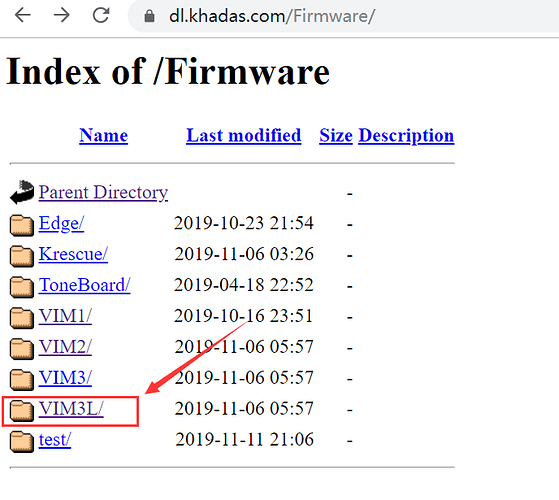Hi,
I received my two VIM3L boards. They come pre-flashed with Android which I have no use for and wanted to install Linux. I downloaded the ubuntu-server images from 20190830 with kernel 4.9.
I tried the method using the power key at boot to make the boot loader boot from the SD, on the serial console I saw it mentioned bzImage and initrd, but it immediately rebooted in loops on this, so I suspected a bad image. I tried the burn-tool method with the eMMC image, but it ends in error very early at “Running u-boot: [KO]”.
I initially suspected some bad libusb stuff like the issues which usually plague rockchip devices, and tried 2 different machines with different distros (ubuntu 18.04 & slack 14-current) but got the exact same result. Also, the serial port definitly shows some activity.
After all these tests, one of the boards does not even boot to android anymore, it stops very early, I suspect the boot loader was erased and not reflashed. I traced what the burn-tool does, ultimately it calls the ‘update’ utility with a few more arguments, nothing fancy. Sadly this one is binary only and doesn’t seem to support dumping one device’s flash to rewrite it on the other one.
I’m now particularly cautious on the second one as I don’t want to brick it as well.
Still this u-boot KO message bothers me, because if I can’t boot from the SD and cannot flash over USB, what options am I left with ?
Also on the bricked one I noticed something strange, during the very early boot messages, it says it’s configuring the A53/A73 clocks to 24 MHz. It’s an A55, are we certain we’re using the appropriate boot code there ? Could it be that the proposed images are not compatible with VIM3L and only support VIM3 ? If so where could I find a working VIM3L linux image ? I’d just like to get a working shell and install compilers and a few regular tools and for now it seems particularly complicated I must confess 
Thanks in advance for any hint or better, pointer to a known working image.

